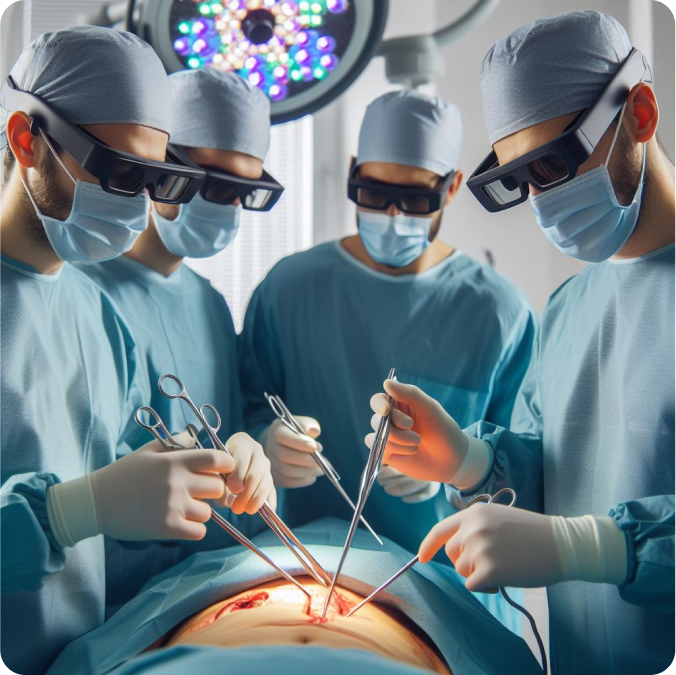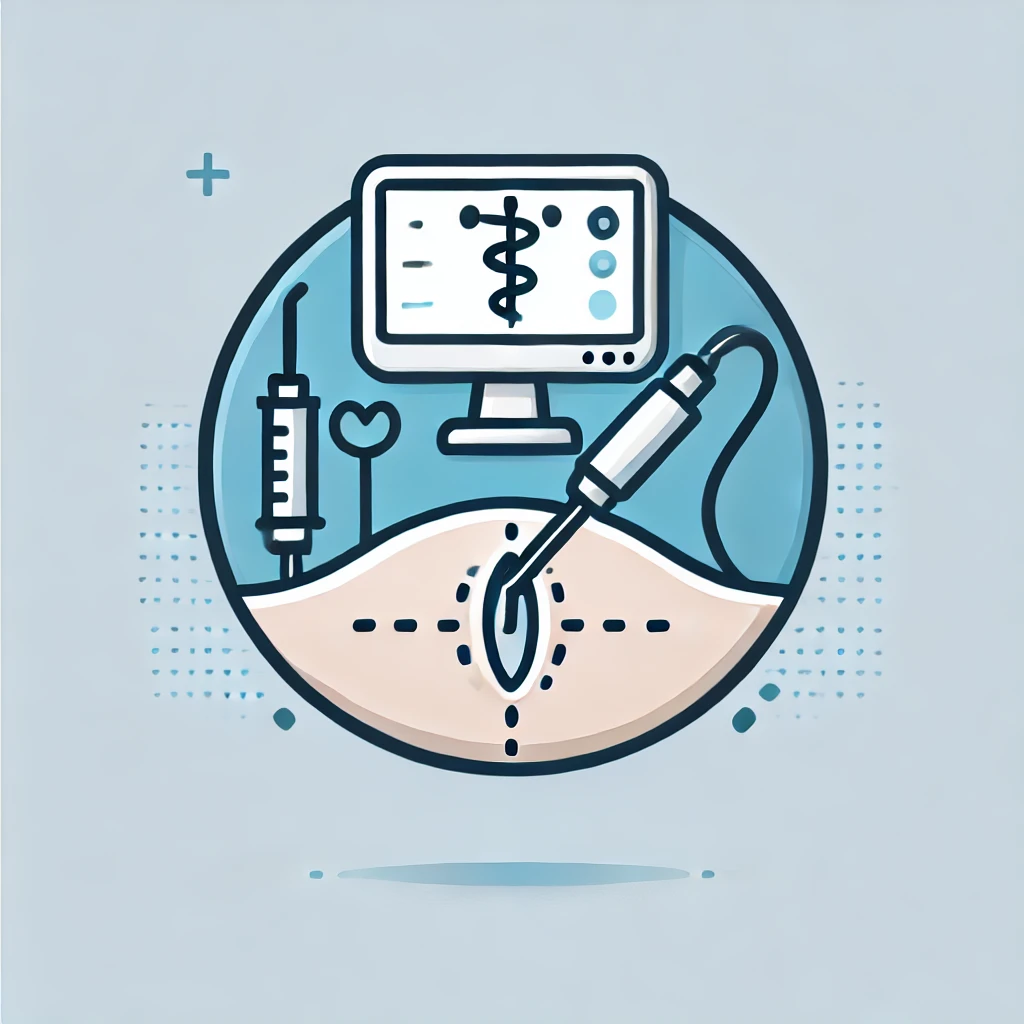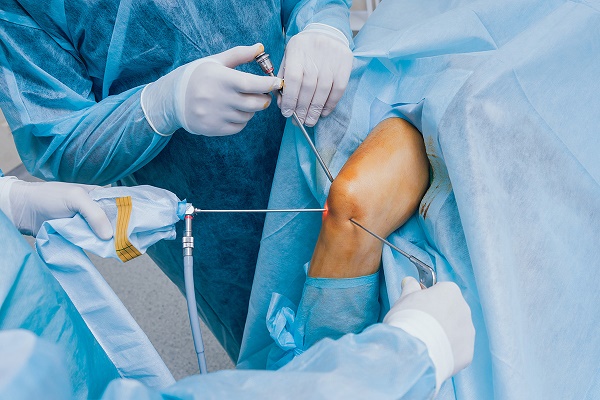
3d Laparoscopic Surgery In Kakinada
laparoscopy surgeries from the most basic to the most advanced, can be performed through a few small incisions. Unlike open surgery where the incisions may be as long as 10 to 15 cms, those from laparoscopy are typically half to 1 cm.
Laparoscopic surgery, often referred to as the diagnostic laparoscopy which is a surgical process used to examine the organs within the abdomen. It is a low-risk and minimally invasive process, a small instrument called laparoscope is used with high-intensity light and camera at the front. The laparoscopic surgery is often chosen over traditional treatment methods since it involves minimum post-operative discomfort, fast recovery, less stay in hospital, early return to daily chores and considerably smaller scars.
Benefits of Laparoscopic Surgery
- Quick recovery time
- Small Incisions
- Less discomfort
- Shorter hospital stays
- Less internal scarring
Laparoscopy can be described as a method of performing the surgery where the tiny incisions are made in place of large cuts. There are two types of laparoscopic surgery – “advanced surgery with a hand-held device” and “robot-assisted surgery”.
The human hand performs different functions during the surgery which are hard to reproduce with the aid of laparoscopic instruments. It is not possible for the hand to access microscopic regions within the stomach.
In the case of robot-assisted surgeries, the doctor operates two devices which resemble the joysticks. It makes three incisions in the abdomen through which two robotic arms and one camera is inserted. The camera reflects high resolution and depth perceptive images which help the doctor to assess the condition of the patient.
FAQ?
What is laparoscopy?
Laparoscopy is a surgical procedure used to examine the organs inside the abdomen. It’s an alternative to laparotomy, which is an open abdominal operation. During laparoscopy, a surgeon makes several small incisions in the abdomen and inserts thin, lighted instruments that transmit images of the abdominal cavity onto a video screen. The surgeon then inspects the abdominal organs for signs of disease or other problems.
Why is laparoscopic surgery better than other surgeries?
Recovery time is greatly reduced with a laparoscopy. After just one night in the hospital, most patients can go home and are back to their regular schedule two weeks later. There is less pain, bleeding, and scarring involved since there are fewer incisions.
What happens during a Laparoscopy?
The surgeon inserts gas (usually carbon dioxide) into the abdomen to create an open space between the abdominal wall and internal organs during the procedure. This makes access easier to insert the surgical instruments and view inside your body through the laparoscope. The surgeon will make small incisions in your abdomen through which he or she will insert all necessary tools for operating.
Is laparoscopy painful?
The abdomen area where the incision was made will be sore for several days after surgery. You may also have pain and cramping from gas in your abdomen. If you had general anesthesia, you may feel tired and confused for several hours after surgery. Your doctor will give you pain medication if needed.
What does the procedure involve?
A laparoscopy is an outpatient procedure, meaning you can go home the same day you have it done. You will be given general anesthesia, which means you will be asleep through the entire procedure and unable to feel pain. Because you’ll be under anesthesia and not awake during the procedure, you won’t know exactly what’s going on while it’s happening—but don’t worry! Your doctor will explain what they’re doing and what they’ll need to do before putting you under anesthesia. Usually, you’ll receive your anesthesia through an IV in your arm or hand, but it can also come in a gas form that you breathe in through a mask.
What are some common misconceptions about laparoscopy?
One common misconception about laparoscopy is that it is a risky procedure with many complications and side effects. However, laparoscopy is performed safely and effectively with minimal associated risks or complications in most cases. Additionally, some people may believe that laparoscopy can treat a wide range of medical conditions when it is only commonly used to treat certain conditions or symptoms. If you have any questions or concerns about laparoscopy, talk to your doctor for accurate information and guidance.
How big of a cut do doctors have to make?
Almost all laparoscopic surgeries require just four small incisions. Each incision is usually only about 1/2 inch long. The smaller incisions mean that recovery time can be shorter and less painful than traditional surgeries.
How long is the recovery time?
You should be able to resume normal activities within a few days of your procedure. You may have some pain and discomfort, but it should disappear within a few days. Your physician will give you specific instructions on any dietary restrictions or other care you will need after your surgery.
Will I need to take any special precautions after laparascopy?
In most cases, you will be able to return to your normal activities within a few days of your surgery. However, it is important to avoid strenuous activity or lifting heavy objects for at least two weeks. You should also avoid driving or operating machinery until you feel confident that you can do so safely. Follow all of your doctor’s instructions for a safe and successful recovery.
What are the benefits of laparascopy?
Laparascopy is less invasive than traditional surgery, so patients usually experience less pain and a quicker recovery. There is also a lower risk of infection and scarring. In some cases, laparascopy may be the only way to diagnose a condition, such as endometriosis.
How long does a laparoscopy take?
The procedure usually takes between 30 minutes and two hours, depending on what the surgeon finds during the exam.
What are some common procedures that use laparoscopic techniques?
Many different surgeries can be performed using this technique, including gallbladder removal, appendectomy, hysterectomy, hernia repair, etc.
What are some reasons why a woman may undergo laparoscopy?
A common reason for laparoscopic surgery is to diagnose endometriosis, scarring, or adhesions in the pelvis and abdomen. Endometriosis is a condition that causes pain and infertility and is often found during laparoscopy. Laparoscopic surgery can also remove ovarian cysts, treat ectopic pregnancies, sterilize a woman by cutting or tying her fallopian tubes and remove an inflamed appendix.
Are there different types of laparoscopy?
There are several types of laparoscopy. Your doctor will choose the one that’s best for you based on what he or she needs to do during the procedure. Diagnostic laparoscopy helps your doctor look for problems with your organs. For example, diagnostic laparoscopy can help find your appendix, gallbladder, stomach, or intestines problems. Doctors also use diagnostic laparoscopy to see if cancer has spread from other body areas into the abdomen or pelvis.
Are there any risks associated with laparoscopy?
As with any surgery, there are always risks associated with laparoscopy. These can include infection, bleeding, or reactions to anesthesia. Additionally, there is a risk of damage to nearby organs or tissues during the procedure. Although these risks are rare and typically minor, it is important to be aware of them to decide whether laparoscopy is right for you.
How should I prepare for my procedure?
You will be given instructions on how to prepare for your procedure. Your doctor will also give you instructions about any medications you may need to stop taking in the days before the procedure. For example, if you take aspirin, you may be told to stop taking it at least one week before the surgery.
Who undergoes a laparascopy?
A laparascopy may be done if you have unexplained symptoms such as pain in the abdomen or pelvis, abnormal bleeding, or infertility (inability to get pregnant).
What can I expect following the procedure?
You will be in the recovery area of the surgical center for a brief period before being moved to another area where you can rest while your anesthesia wears off. You may be able to go home the same day, although some procedures require an overnight stay. Your recovery depends on your specific procedure, but most people can return to work within 48 hours and resume normal activities within two weeks.
I think I may need laparascopy. What should I do?
If you are experiencing symptoms that may require laparascopy, the best thing to do is talk to your doctor. They will be able to perform a physical examination and order any necessary tests to determine if laparascopy is the right treatment for you. In some cases, laparascopy may not be necessary, and your doctor may recommend another course of treatment.
Why do doctors recommend laparoscopic surgery?
Because it is less invasive than open surgery, laparoscopy may offer some benefits over open abdominal surgery, including less pain after the operation, reduced risk of infection, shorter hospital stay, and quicker recovery time. However, not all operations can be done by this method, so your doctor will advise you on the best course of treatment for your condition.

Book Appointment
Schedule your appointments effortlessly with our user-friendly booking system.









































